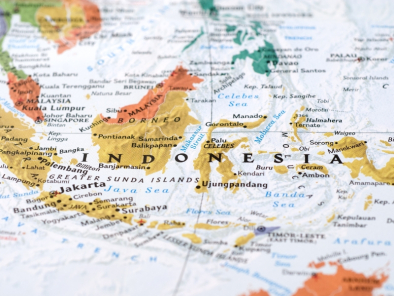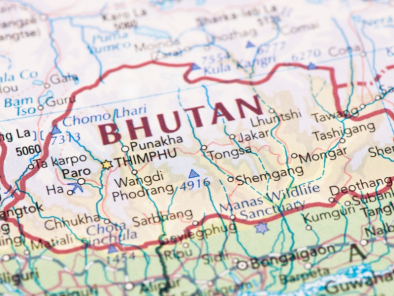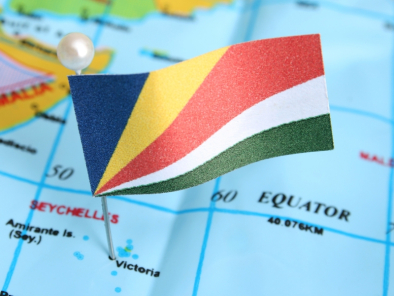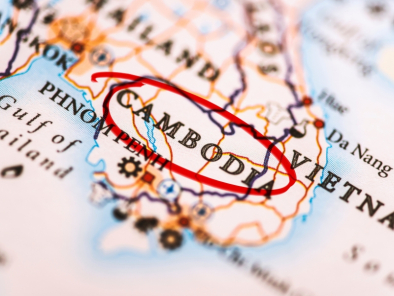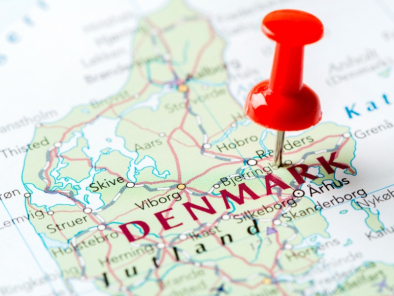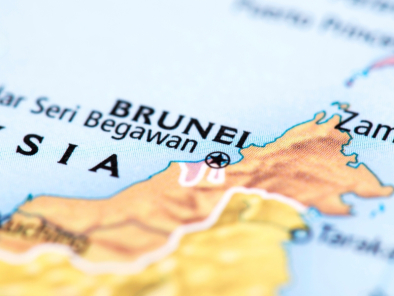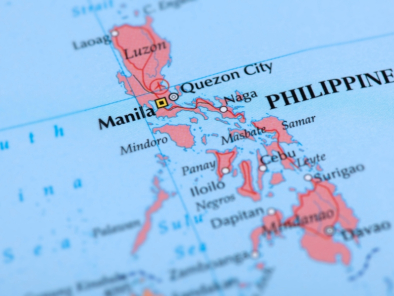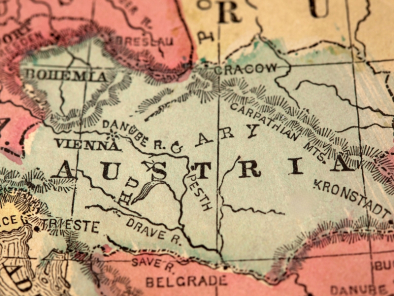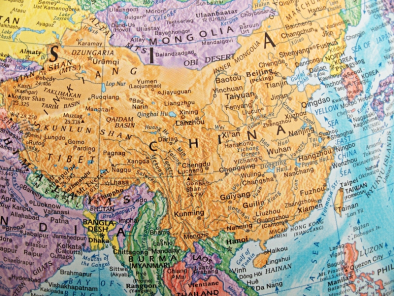GERMANY
After more than a decade of putting itself back together again, Germany
continues to improve as a holiday destination. A lot has changed, yet repeat
visitors still find the things they always liked and more. Like those who have
visited before, you’ll be charmed by its people & its beauty. Germany oozes
big-city charm, small picture-postcard towns, wonderful harvest festivals, a
wealth of art and culture and the perennial pleasures of huge forests,
delightful castles and fine wine and beer. In the south, the Alps
attract ski-lovers in winter and hiking enthusiasts in summer. Water-sports are
another popular pastime and the country offers terrific facilities for
adventures of this kind, be it on a lake, the sea or a river. Discover it
better via these pages before you go.
Informative Websites:
http://www.hoteltravel.com/germany/guides/tips.
Visa: The visa is to be obtained prior to arrival in the country
How
to get there:
Air: Main airports are Frankfurt, Munich
& Dusseldorf
Train: Intercity (IC) trains connect the country well.
Car: Country is connected with excellent highways
Ferry: Rhine is Main River besides Main,
Danube & Mosel.
Bus: Busses operated by Bahnbus.
Germany has excellent roads. The national network and the motorway network is
known as Autobahnen.
Regions in
Brief
- Northern Germany’s
biggest city is Berlin followed by Hamburg which is the
third largest city.
- Bavaria region is the most prosperous
with Munich as
the capital. Other regions include the Romantic Road, Fussen and the Black Forest region.
- Western Germany famous for its history and ancient cities like Heidelberg, Stuttgart, Nuremberg and Cologne.
-Southern Germany’s
main city is Munich,
the second largest city.
INTERNATIONAL AIRPORT:
|
City
|
Airport Name
|
Distances
|
|
Berlin
|
Tegel International Airport
|
08 km northwest of Berlin
citycentre
|
|
Berlin
|
Berlin-Schonefeld Airport
|
19 kms southeast of City centre (Brandenburg)
|
|
Berlin
|
Berlin-Tempelhof International Airport
|
06 km southeast of city centre
|
|
Frankfurt
|
|
11km from citycentre
|
|
Munich
|
Franz-Josef-Strauss
Flughafen
|
48 kms to Milan
City centre
|
|
Cologne
|
Cologne Bonn Airport
|
15 km southeast of Cologne and 16 km
northeast of Bonn.
|
|
Dusseldorf
|
Düsseldorf International Airport
|
09 kms from Dusseldorf
city centre
|
|
Hamburg
|
Hamburg Airport
|
8.5 km north-west of the citycentre
|
Currency:
The Euro is now the official currency of 12 EU member
states (including Germany).
Euro (€) = 100 cents. Notes are in denominations of €500, 200, 100, 50, 20, 10
and 5. Coins are in denominations of €2 and 1, and 50, 20, 10, 5, 2 and 1
cents.
Currency Exchange Foreign currencies and travelers cheques can be exchanged at banks,
bureaux de change, post offices, airports, railway stations, ports and major hotels at the official exchange rates.
Credit and Debit Cards These are accepted in approximately 60 per cent of all shops, petrol
stations, restaurants and hotels.
Travelers Cheques generally
provide the best rate of exchange. To avoid additional exchange rate charges, travelers
are advised to take travelers cheques in Euros, Pounds Sterling or US Currency
Restrictions
There are no restrictions on the import or export of either local or foreign
currency.
Banking Hours Generally Mon, Tues, Wed and Fri
0830-1300 and 1430-1600, Thurs 0830-1300 and 1430-1800 in main cities. Main
branches do not close for lunch.
Climate:
A fine destination year round, most people visit between
May and September when sunny skis are most likely and much life moves outdoors.
The shoulder season (from March to May and October to early November) bring
fewer tourists, lower accommodation prices. In April and May the climate is
mild and sunny.
Time:
Germany is 4 hours and 35 minutes behind India.
Clothing:
Bring comfortable shoes, a
sweater, clothes you can layer and an all-weather coat. On the cruises,
informal dress is the general rule but there may be some occasions were formal
dress is required.
Electricity:
Electricity 230 volts
AC, 50Hz.
Dialing
code:
The country code is: 49
the city code is: 30
Tipping
Germans generally
round up €1 when tipping. However, tipping is not practiced as liberally as it
is elsewhere. Most Germans only tip in restaurants and bars, or when they are
the beneficiary of a service, such as a taxi ride. Note that tips in Germany are not
left lying on the table, but handed directly to the server when you pay.
Language:
German is the main language. English is widely spoken
Events
From
pagan harvest romps to black tie opera galas, Germans are keen to party. Winter
festivals occur throughout Germany,
with big cities such as Cologne, Munich and Mainz
erupting into carnival commotion just before Ash Wednesday. Germany's rich
musical heritage is showcased in a plethora of festivals. Some towns
concentrate on a particular composer, such as the Thuringian Bach Festival in
March or the Richard Wagner Festival in Bayreuth
each July, whereas others focus on a particular style. The jazz festivals in
Frankfurt (March), Stuttgart (April) and Berlin (October) are
lively and popular. Autumn is a great time for harvest-inspired mayhem,
especially in the Rhineland, where the Rhine
in Flames Frolics feature barges laden with fireworks. Mention must be made of
Oktoberfest, Munich's
annual lager frenzy, but it's a bit like being stuck in a nightmarish soccer
crowd and is more an example of tourism at its lowest ebb than a display of
German culture. Most towns in Bavaria
have festivals devoted to beer and they're much nicer than Oktoberfest.
Christmas celebrations are embraced wholeheartedly by German families, most
extravagantly in Munich, Nuremberg,
Essen and Heidelberg.
Berlin is the capital
city and one of the sixteen states
of the Federal
Republic of Germany. It is the heart of the Berlin-Brandenburg
metropolitan region, located in northeastern Germany. With a population of 3.4
million in its city limits, Berlin
is the country's largest city, and the second most populous city in the European
Union. The metropolitan area comprises a population of between 4 and 5
million people, coming from over 180 nations
The eternal city is the seat of the papacy and the capital of the
Christian world, and combined with it’s more than 2000 years of history,
exquisitely rich artistic and architectural patrimony of Rome can often leave a tourist feeling
overwhelmed.
UNESCO Berlin
joins Buenos Aires as the only “City of Design” worldwide (UNESCO title
awarded January 2006)First
German city to be appointed to the “Creative
Cities Network” Honors remarkable social,economic and cultural
achievements in the field of design.
Getting Around
Air: Tegel is the busiest airport followed by Tempelhof & Schonefeld
.
Train:. Has several high seed train coming into the city. Two main lines
are Bahnhof Zoologischer Garten (western zone ) and Berlin Ostbahnhof ( eastern
zone ) .
Bus: Has convenient bus connections but are rather slow and comfortable
Taxi: Easily available .
Ferry: F10 , ferry service shuttles between Kladow to Wanness .
City Layout
- The center of activity is west Berlin is
Kurfurstendamm , a wide boulevard.
- Schloss Charlottenburg area and its museums is a major sightseeing area
.
- Strasse des 17 juni runs through Tiergarten Park
and leads to the famous Brandenburg Gate
- The Brandenburg Gate is the
start of eastern Berlin’s
most celebrated street Unter den Linden . It runs from west to east , leading
to the Museum island .
Attractions
Brandenburg Gate
The impressive and symbolic Brandenburg Gate that lay forlon for so long
in the no man’s land behind the Berlin Wall is now once again renovated and
accessible, along with the newly reconstructed Pariser Platz that links the gate
to the beautiful Unter den Linden Boulevard.The Brandenburg gate is probably
the most well-know landmark in Berlin, it now stands as a symbol of the
reunification of the two sides of this great city. Location: Paiser Platz at Unter de linden
Checkpoint
Charlie
The famous border crossing point in the wall dividing West and East Berlin has now become a shrine to the wall’s memory
with addition of a museum, Haus Am Checkpoint Charlie.
Location:
Friedrichstrasse 43-44, 10969 Berlin
Subway U6
Kochstr., U2 Stadtmitte
open hours: daily
9am - 10am
Eastside
Gallery
The remains of the Berlin Wall have now become the largest open-air art
gallery in the world. The longest section of the wall, which has been
preserved, stretches from Ostbahnhof station to the Oberbaumbrucke, and has
been given over to graffiti artists from around the world.
Potsdamer
Platz
This vibrant square is the heart and soul of the ‘New Berlin’, which has emerged since the fall
of the wall in 1989. Postdamer platz, now boasts and exciting mix of
restaurants, as hopping centers, hotel and cinemas. Focus of the square is the
22 storey Debis Haus, designed by Renzo Piano, featuring an atrium with
cathedral-like dimensions, and its neighbouring Potsdamer Platz Arkaden, a
shopping mall with an Imax cinema.
Reichstag
Berlin's Reichstag is home to the German parliament and
became a major tourist attraction after 1999, when Norman Foster's fabulous
glass dome on top of the building opened to the public.
Hamburger Bahnhof
This gleaming
white museum is one of the best collections of contemporary art in Berlin. The Hamburger
Bahnhof is housed in a converted train station. The Hamburger Bahnhof: built in 1845-47 as terminus of the Hamburg to Berlin railway,
is sited in Berlin.
The original buildings, a combination of late Neo-Classical masonry with the
iron skeleton of the platform hall, were closed in 1884. Between 1904 and 1906,
the station was converted into a transport and engineering museum. It houses one of the largest private
collections of contemporary art in the world including over 2,000 works of art
by around 150 different artists.
The Zoologischer Garten Berlin (Berlin
zoological garden) is one of the biggest zoos in Germany
and with the largest number of species of the world. Today the zoo houses approximately
14,000 animals from 1500 species on a 35 hectare
site in historical animal houses. Highlights include giant pandas,
which can only be seen at a few zoos in the world. All of the animals are
housed in enclosures that are specially designed to recreate their natural habitat.
The Berlin Zoo is the most visited zoo in Europe with
visitors from all over the world. It is open all year long and can easily be
reached by public transportation. Visitors can either enter the zoo through the
exotically designed Elephant Gate beside the aquarium on Budapester Straße or
through the Lion Gate on Hardenbergplatz Child 3
& under are Free of Charge. It is located
in Berlin
Tiergarten
near the S-Bahn and railway station in the city center.
To get there: U-Bahn: Tierpark
(U5); Tram: 17, 80; Bus: 294.
Website: http://www.zoo-berlin.de/
Category
.
Aviary, bird
museum or exhibit
Castle, chateau, palace
Garden or botanic display
Musical activity or concert hall
Zoo or animal collection
Jewish Museum
If you only visit
one museum during your time in Berlin,
make it this one. Museum covers some two millennia of German Jewish history and
is the largest of its kind in Europe. The main
emphasis is on culture, art and science and the 14 different sections cover
every major historical period. The Holocaust
Tower is the most
powerful part of the museum. Designed by Daniel Libeskind, it is place of quiet
and stony stillness that subtly conveys the horrors of the past. This is an unsettling and haunting place and
one that you owe it to yourself to visit.
Excursions
Potsdam
One of the best excursions from Berlin is a visit to Potsdam, with its
pleasant main shopping street and Dutch Quarter, as well as nearby palaces and
gardens of Sanssouci of King Fredrick’ s summer residence. Potsdam
is located approximately 20 kms from Berlin
city centre and is reachable by S-Bahn S7 or the regional train RE1, both
leaving from Bahnhof Zoo.
Spreewald
To the south east of Berlin lies the
nature reserve of the Spreewald (Spree
Forest). The best place
for one to start the tour is from the large harbour in Lubbenau or one of the
smaller ones in Lubben or Burg. Spreewald is located 110 kms from Berlin. Regional trains
depart from Konigs Wusterhausen in SouthEast Berlin
(journey time-40 min) and from Bahnof Zoo (journey time 1 hour 30 min.) and
Oustbahnhof (journey time – 1 hour)
Events:
Berlin Love Parade
The Love Parade began life as something
of a political movement way back in the summer of '89, and four months before
the fall of the Berlin Wall. It was organised on the initiative
of Matthias Roeingh, aka "Dr. Motte", a DJ of the Berlin underground scene who wanted to use
the international language of music as a medium for spreading peace and love,
and promoting world unity. In his words: "Music knows no boundaries or
nationalities."
Carnival of
Cultures
The street parade will take place on June 4th from 12.30pm to
9pm, attracting more than 4,000 participants from 70 countries. Live musicians,
stiltwalkers and jugglers will all help to keep the massive crowd entertained.
Music, dance, masks and theatre all play their part in the celebrations, with a
particular focus on the electronic music for which Berlin is renowned. The entire festival
lasts from June 2nd to 5th, with four separate stages and some 380 food, drink
and craft stalls to choose from.
Festival of
Lights
 The FESTIVAL OF
LIGHTS™ turned Berlin
into a sparkling metropolis with a firework of illuminations and events for two
weeks from 16 to 28 October. World-famous historical landmarks and spots in Berlin, e.g. the
Brandenburg Gate, the TV or radio tower, was staged impressively by means
of light, events, projections and fireworks. Complementary to the festival
there were numerous cultural events dealing with the subject “light”.
The lights of the festival are extinct for this year, but next year they will
enchant Berlin
again in the last weeks of October (from 14 to 26 October). The FESTIVAL OF
LIGHTS™ included more than 40 sights, squares and buildings spreading a magic
light strip all over the city from East to West, among others Brandenburg Gate,
Victory Column, German, French and Berlin
cathedral, etc.
The FESTIVAL OF
LIGHTS™ turned Berlin
into a sparkling metropolis with a firework of illuminations and events for two
weeks from 16 to 28 October. World-famous historical landmarks and spots in Berlin, e.g. the
Brandenburg Gate, the TV or radio tower, was staged impressively by means
of light, events, projections and fireworks. Complementary to the festival
there were numerous cultural events dealing with the subject “light”.
The lights of the festival are extinct for this year, but next year they will
enchant Berlin
again in the last weeks of October (from 14 to 26 October). The FESTIVAL OF
LIGHTS™ included more than 40 sights, squares and buildings spreading a magic
light strip all over the city from East to West, among others Brandenburg Gate,
Victory Column, German, French and Berlin
cathedral, etc.
Shopping:
More than18, 000 shops, Shopping from Monday to Saturday until8
p.m.
Various malls and shopping streets: Kurfürstendamm, Friedrichstrasse,
Potsdamer Platz
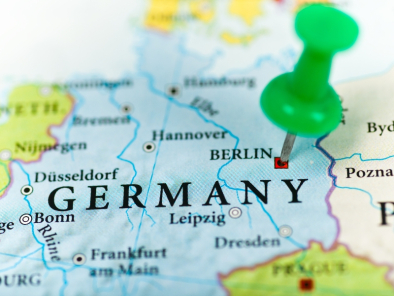
 The FESTIVAL OF
LIGHTS™ turned
The FESTIVAL OF
LIGHTS™ turned 
